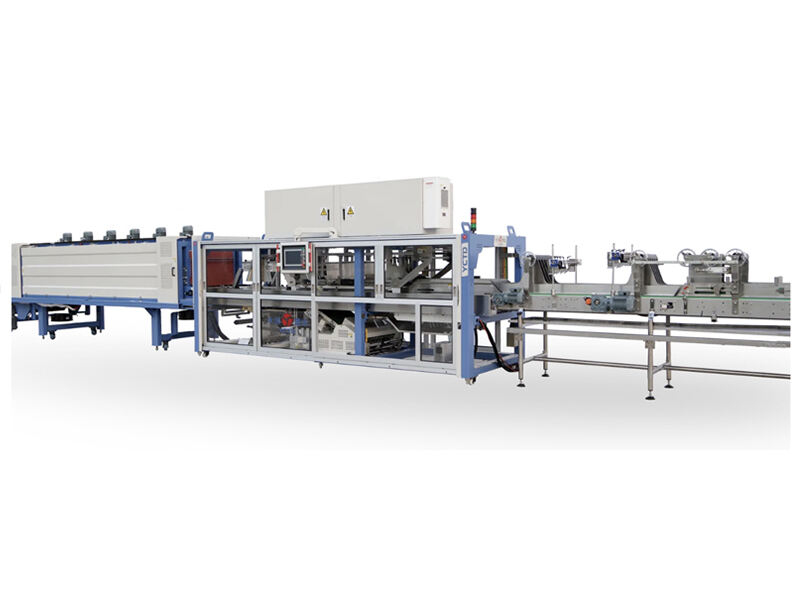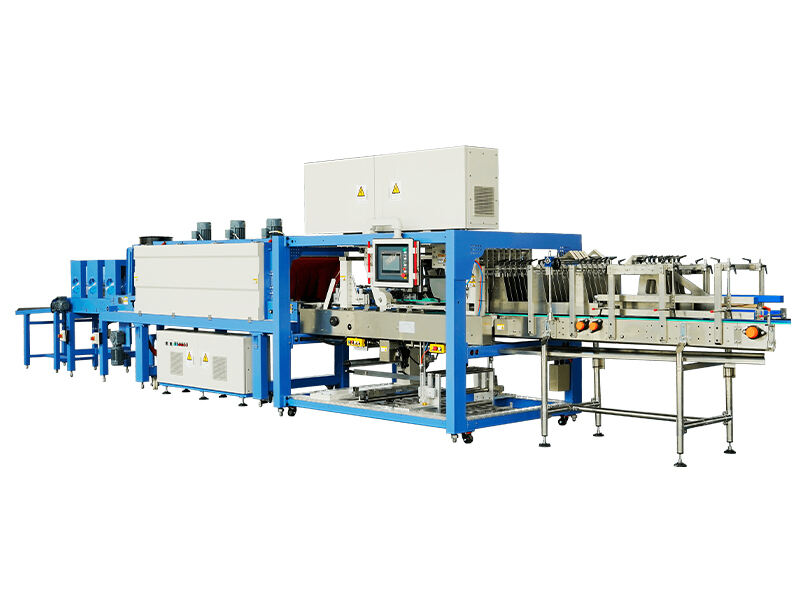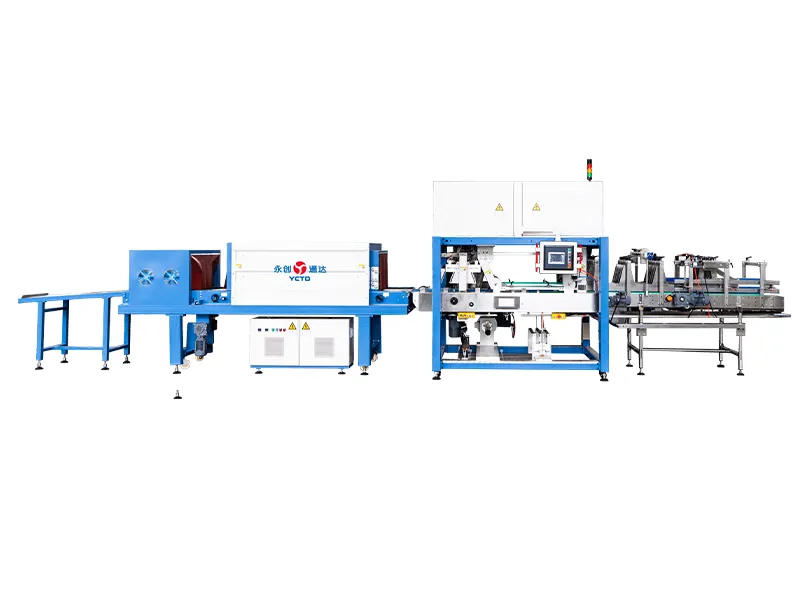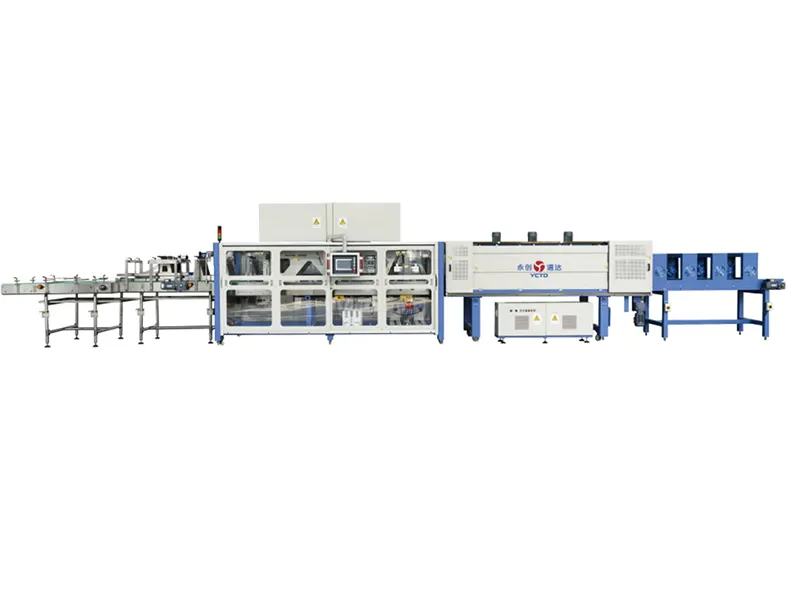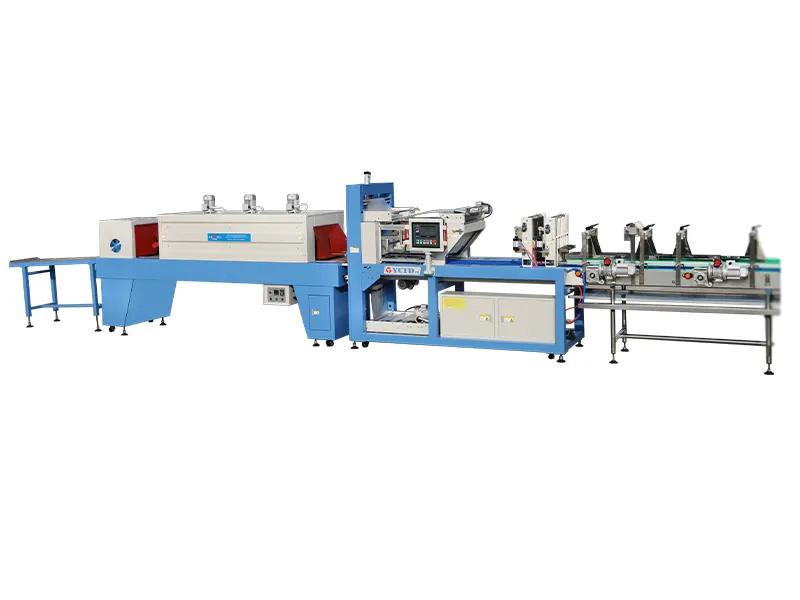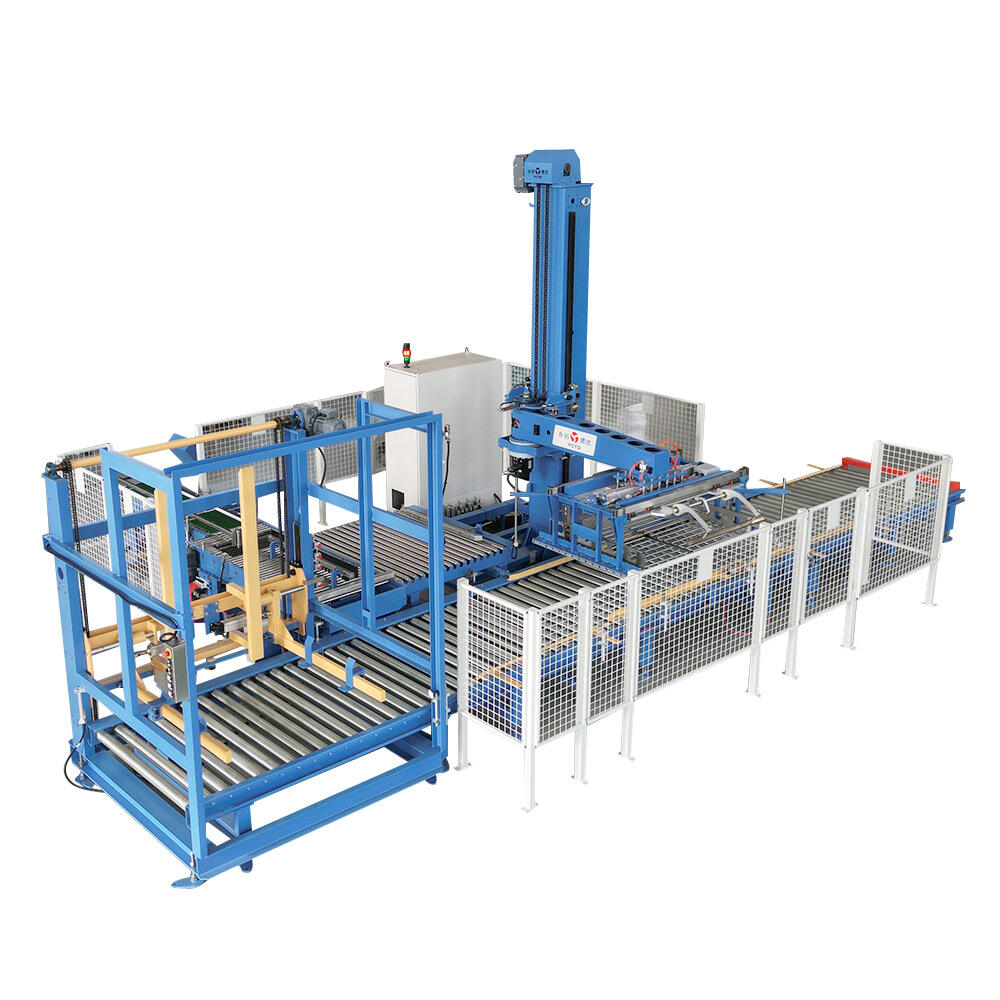automated palletizer systems
Automated palletizer systems represent a revolutionary advancement in material handling and warehouse automation technology. These sophisticated systems efficiently arrange and stack products onto pallets with precision and consistency that surpasses manual operations. At their core, automated palletizers utilize advanced robotics, sensors, and programming to analyze product dimensions, determine optimal stacking patterns, and execute precise movements. The systems typically consist of infeed conveyors, product orientation stations, robotic arms or layer-forming mechanisms, and pallet dispensing units. Modern automated palletizers can handle various product types, from boxes and bags to drums and containers, with multiple configurations available to suit different industry needs. The technology incorporates safety features such as light curtains, emergency stops, and enclosed operating areas to protect workers and equipment. These systems can operate continuously, maintaining consistent output levels while significantly reducing the risk of product damage and workplace injuries. Integration capabilities with warehouse management systems (WMS) and manufacturing execution systems (MES) allow for real-time monitoring, data collection, and production analytics. The versatility of automated palletizers extends across numerous industries, including food and beverage, consumer goods, pharmaceutical, and manufacturing sectors, where they have become essential tools for optimizing end-of-line operations and improving supply chain efficiency.

